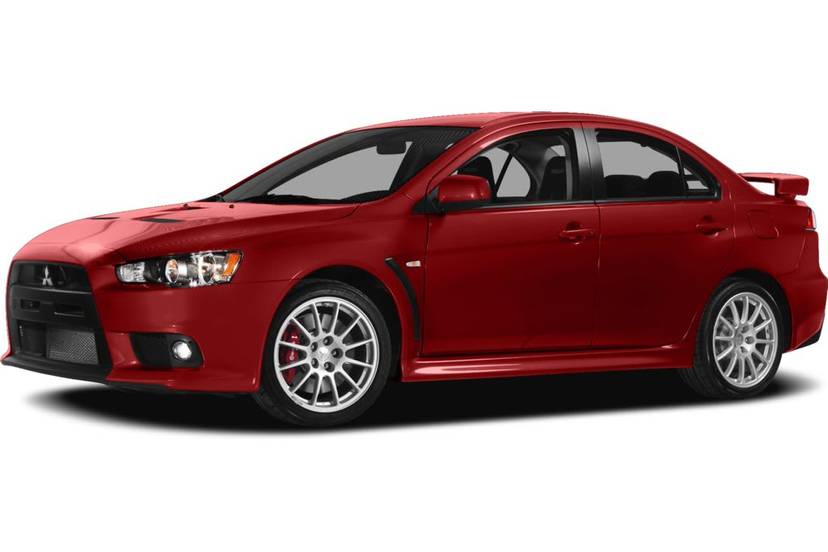
Compact crossovers are on a roll, and Mitsubishi’s second-generation Outlander has taken a giant step forward by offering sharp styling, 220 horsepower and a handful of surprise-and-delight features not usually found in this price segment.
The 2007 Outlander is longer, taller and wider than the model it replaces, and the 105.1-inch wheelbase adds to second-row legroom.
There are three trim levels – ES, LS and XLS – and all are powered by a 3.0-liter V-6 mated to a six-speed sportshift automatic transmission that can be shifted manually with paddles on the steering column. Prices begin at $21,370 for a front-wheel-drive ES and range to $25,010 for a four-wheel-drive XLS. That is the model I drove.
The V-6 has plenty of zip, and the independent suspension gives responsive handling almost like that of a small sedan.
The Outlander’s all-wheel-drive system can be locked into full-time all-wheel drive by a knob on the console, and that is handy in bad weather or when driving on gravel surfaces. All-wheel drive also includes skid and traction control.
The new Outlander rides on the same chassis platform as the new Lancer and Lancer Evolution sedans. Its styling reflects what Mitsubishi describes as a “diamond cut” front end with smooth sides and sculpted fender flares. The cluster of LED tail lamps looks like those found on a more expensive vehicle.
The load floor is nearly eight inches lower than on the original Outlander, and loading bikes or large packages is made easier by the segment’s first flap-fold tailgate. The little tailgate can be used for a seat, holding up to 440 pounds.
Shift paddles on the steering column are like those on a race car, and the XLS comes with a remote key transmitter that unlocks the car when you get close with the unit in your pocket. No key is needed for the ignition.
The Outlander’s interior looks and feels more like the interior of a sport sedan than an SUV. The instrument panel has motorcycle-style gauges set deep into a pod behind the steering wheel. The dash is topped with a handsome pebble surface.
The seats are deep and supportive, and tall drivers have adequate headroom. The second-row, split-folding seat slides forward to create space for passengers in the optional third seat. The third seat is a tiny affair that folds flat into the floor. Its size is limited, but it would accommodate a couple of young children.
Models without the third seat have a shallow storage area under the cargo floor.
The LS and XLS have tinted rear glass, while the XLS gets silver roof rails and a silver skid plate under the front bumper. Options include a 30-gigabyte navigation system with music server, a 650-watt premium audio system, Bluetooth wireless technology for hands-free calling with Bluetooth cell phones and a rear-seat DVD player with nine-inch LCD screen.
Safety features include side-curtain airbags for the first and second rows of seats. Anti-lock brakes are standard.
Price
The test vehicle’s base price was $25,010. Destination charges brought the sticker price to $25,635.
Warranty
Five years or 60,000 miles with a 10-year, 100,000-mile powertrain warranty.




























